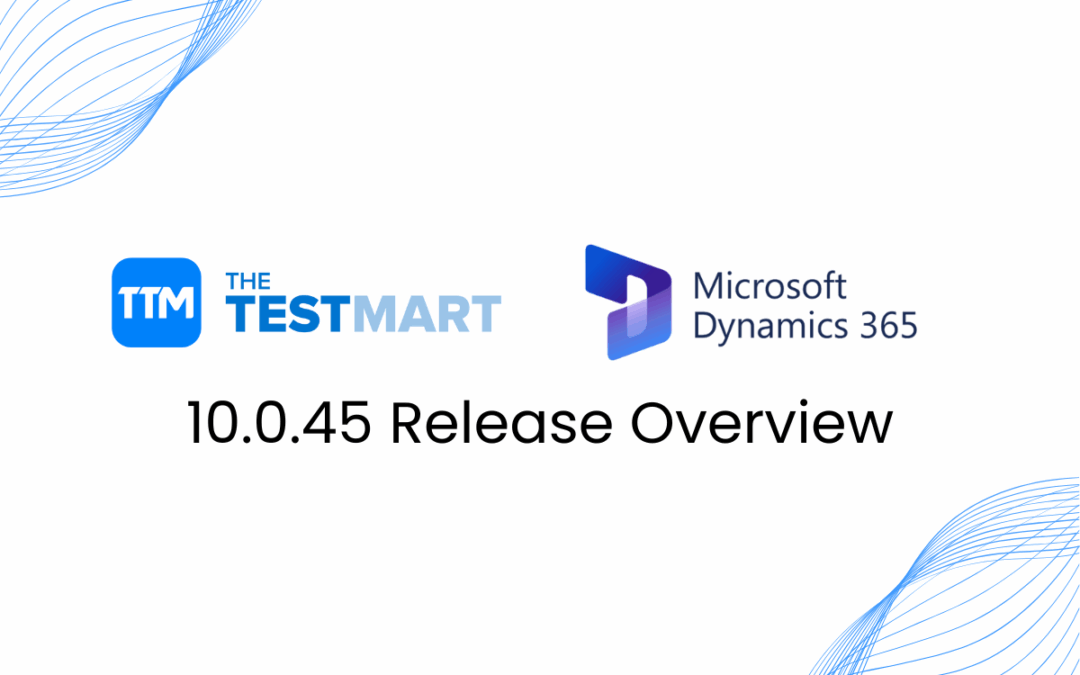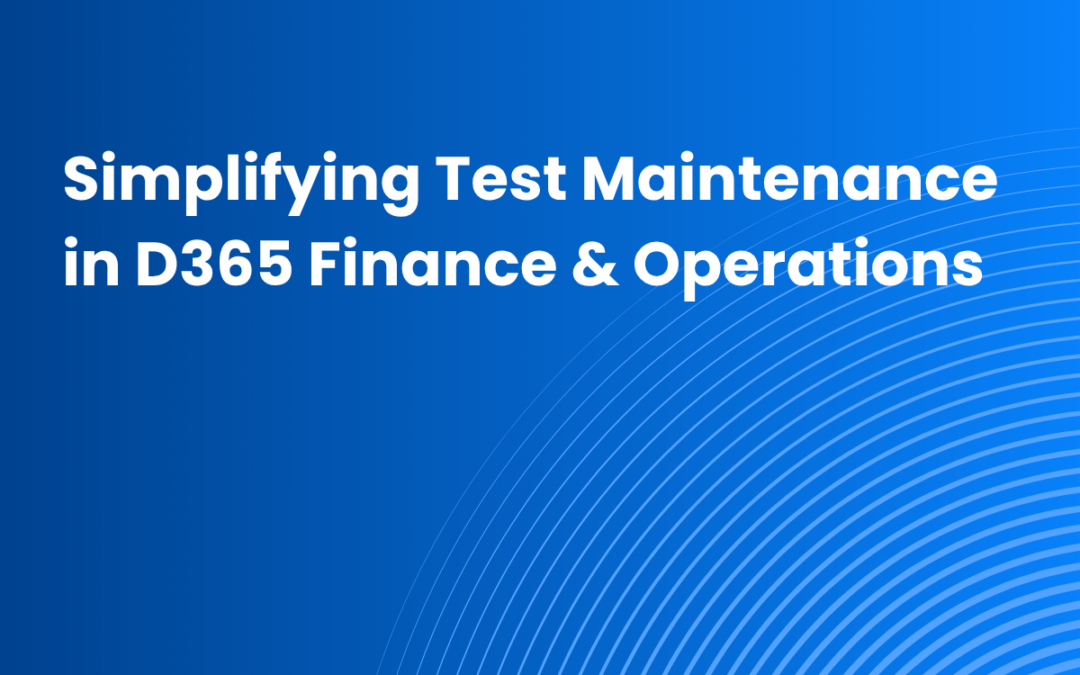Microsoft Dynamics 365 (D365) has become a cornerstone for digital transformation in modern enterprises, but the shift to cloud and Microsoft’s rapid update cadence have made robust, proactive testing more critical than ever.
The Pace and Complexity of D365 Updates
Microsoft has moved Dynamics 365 Finance and Operations to a One Version update model, releasing four major updates each year—in February, April, July, and October. Each update comes with a preview period, so organizations can test changes before they go live.
While this new schedule gives businesses more flexibility and time to prepare, it also means environments are always evolving. Even though Microsoft thoroughly tests these updates, every company’s setup is unique. That’s why it’s crucial for organizations to test updates in their own environments to catch any issues before they reach production.
Why Testing Can’t Be an Afterthought
- Frequent, Automatic Updates: In the cloud era, updates are pushed automatically and frequently, sometimes with little lead time. This means organizations must be ready to validate new features, bug fixes, and security enhancements on a regular basis.
- Customization and Integration Risks: While Microsoft tests standard features, every organization customizes D365 to fit unique processes and integrates it with other systems. Updates can inadvertently break custom workflows, disrupt integrations, or impact data flows—issues Microsoft’s own testing won’t catch.
- Business Continuity at Stake: Poorly tested updates can cause operational disruptions, data issues, and frustrated users, harming business continuity and ROI. Many ERP implementations fall short of expectations, often due to insufficient testing. This makes thorough validation essential to avoid costly problems.
- Regulatory and Data Integrity Concerns: Updates can affect compliance-related features or data handling. Without proper validation, organizations risk falling out of regulatory compliance or suffering data integrity issues.
Best Practices for D365 Testing in the Cloud Era
| Practice | Why It Matters |
| Shift Left Testing | Start testing early in the development/update cycle to catch issues before they escalate. |
| Automated Testing | Ensures every update is vetted quickly and thoroughly, reducing manual effort and human error. |
| End-to-End Scenario Validation | Validates that all integrated workflows and customizations function as intended post-update. |
| Clear Testing Objectives | Define what needs to be validated (core processes, compliance, integrations) for each update. |
| Continuous Testing in CI/CD | Integrate testing into DevOps pipelines for ongoing quality assurance with every change. |
The Bottom Line
Testing is not just a technical checkbox—it is a business safeguard. In the cloud era of D365, where updates are frequent and automatic, treating testing as an afterthought exposes organizations to unnecessary risk. Proactive, automated, and comprehensive testing strategies are essential to ensure that every update enhances your business rather than disrupts it.
Testing is your safety net, ensuring your Dynamics 365 deployment is robust, reliable, and ready for action.
Don’t let your next D365 update be the one that breaks your business. Make testing a core capability, not a last-minute checkbox.





